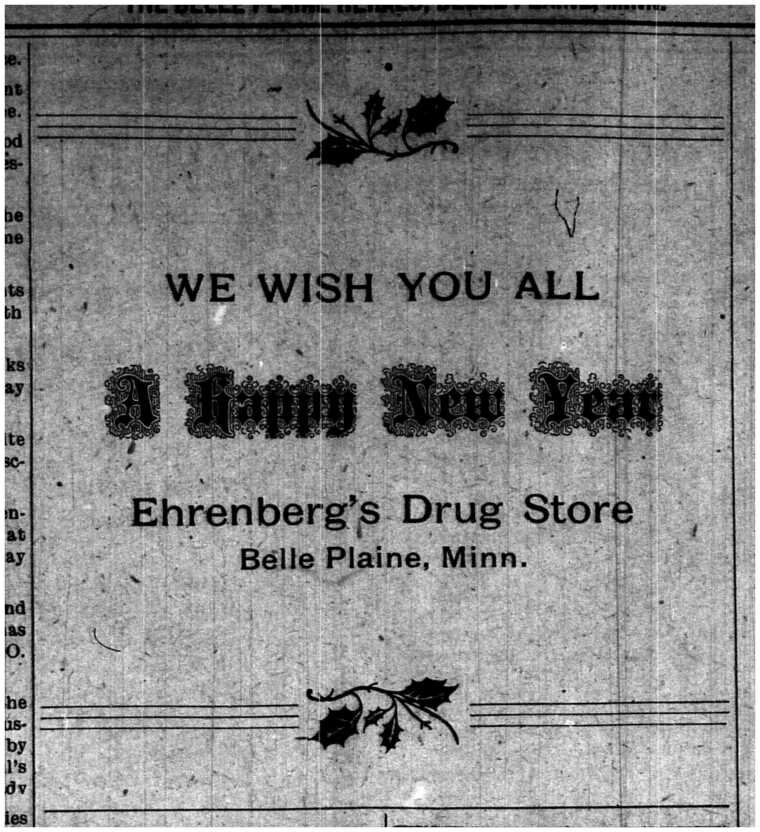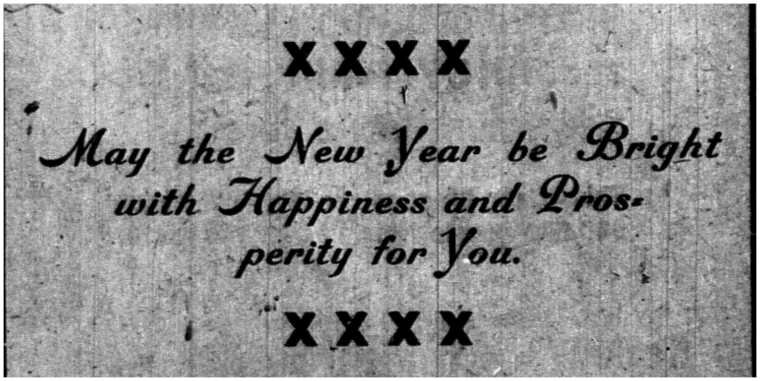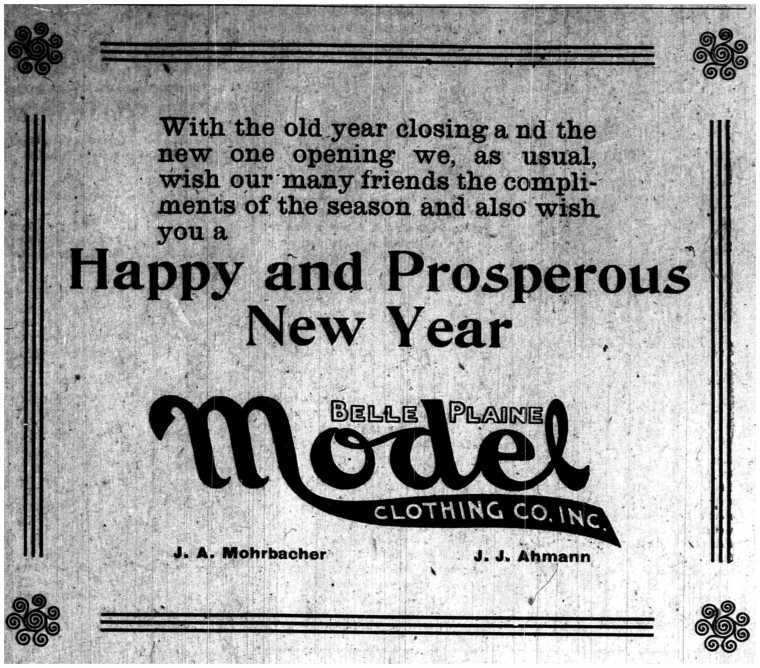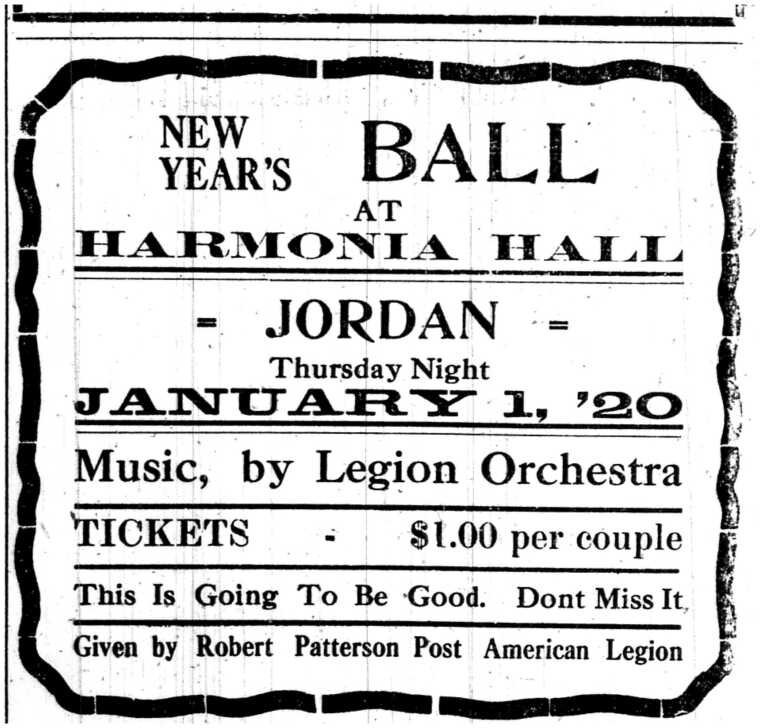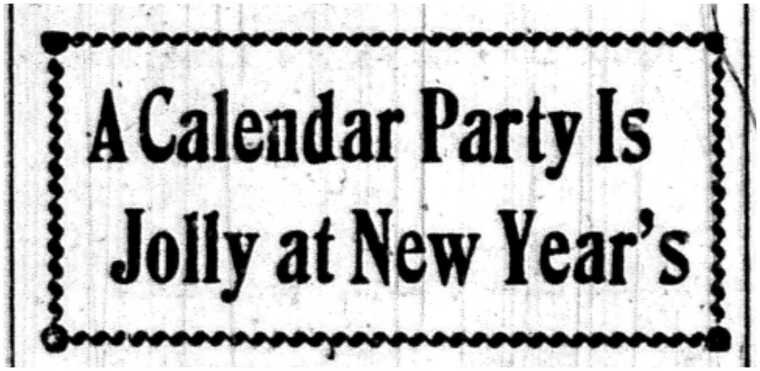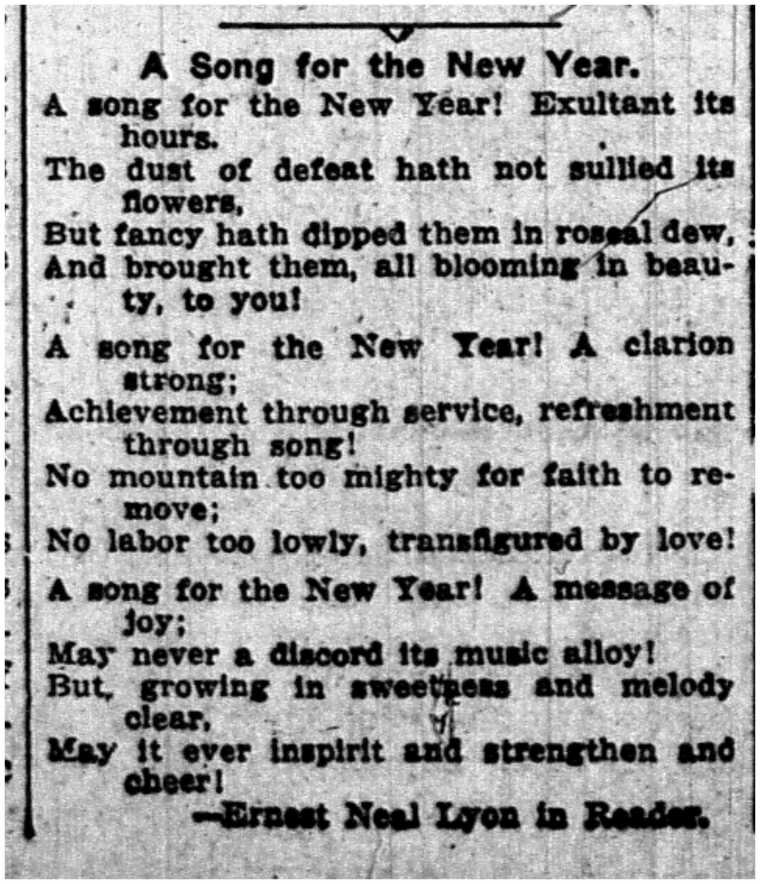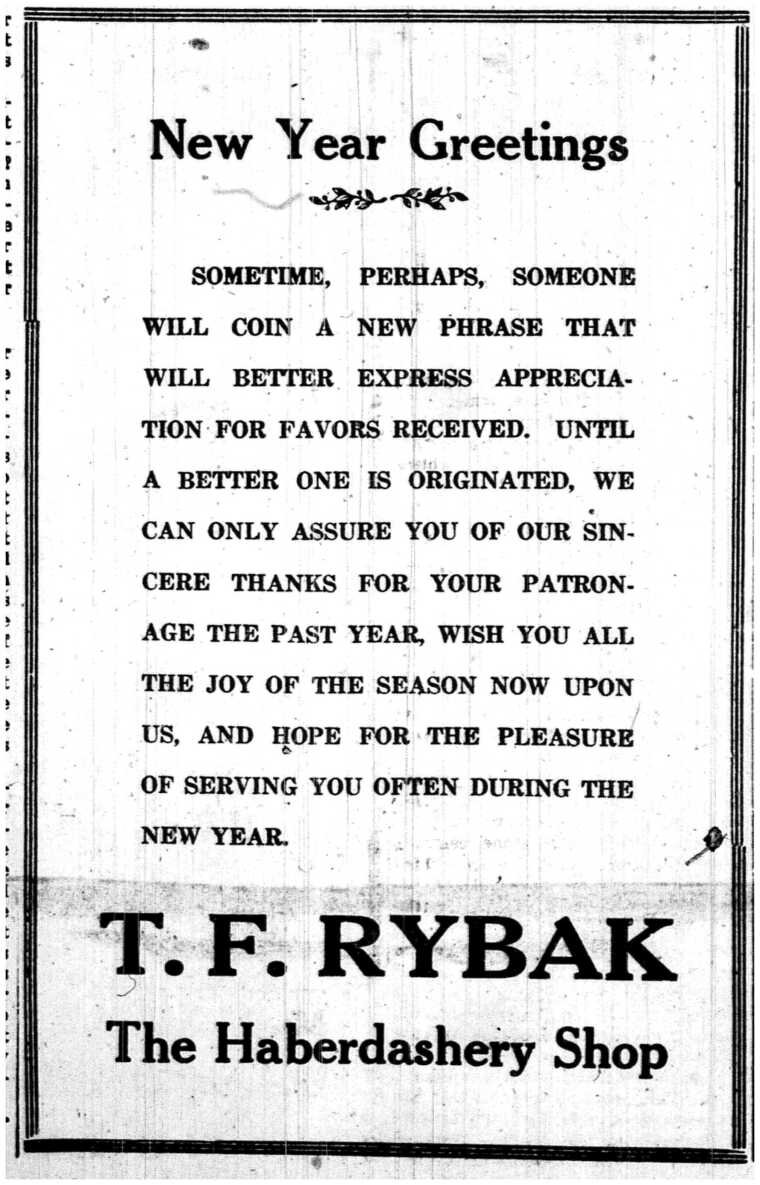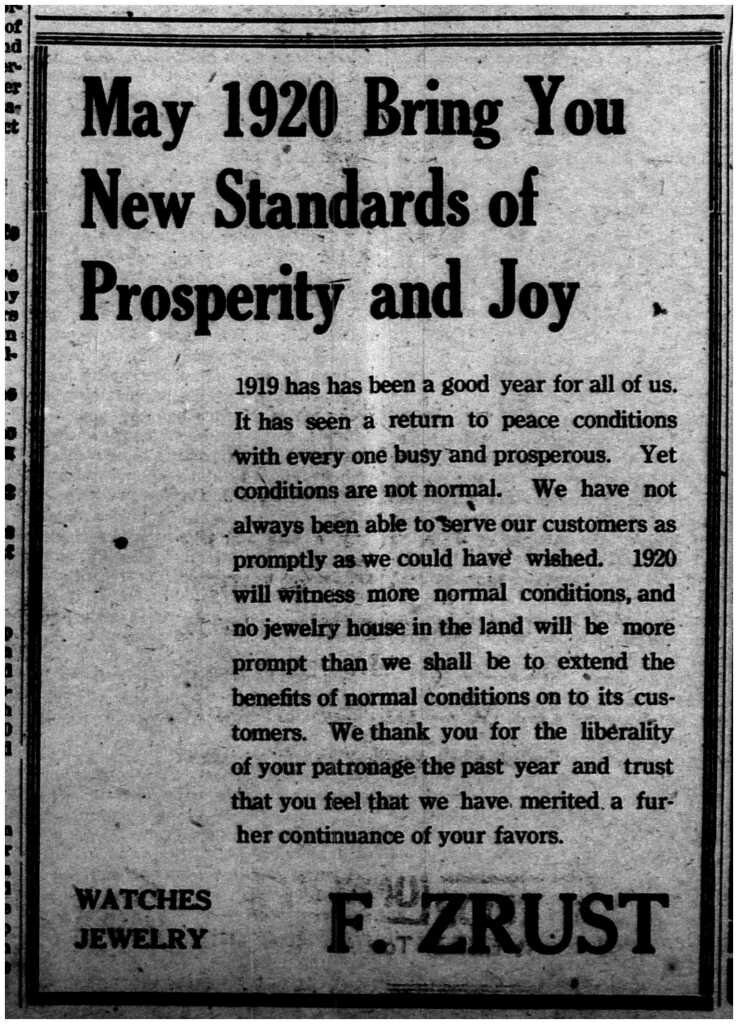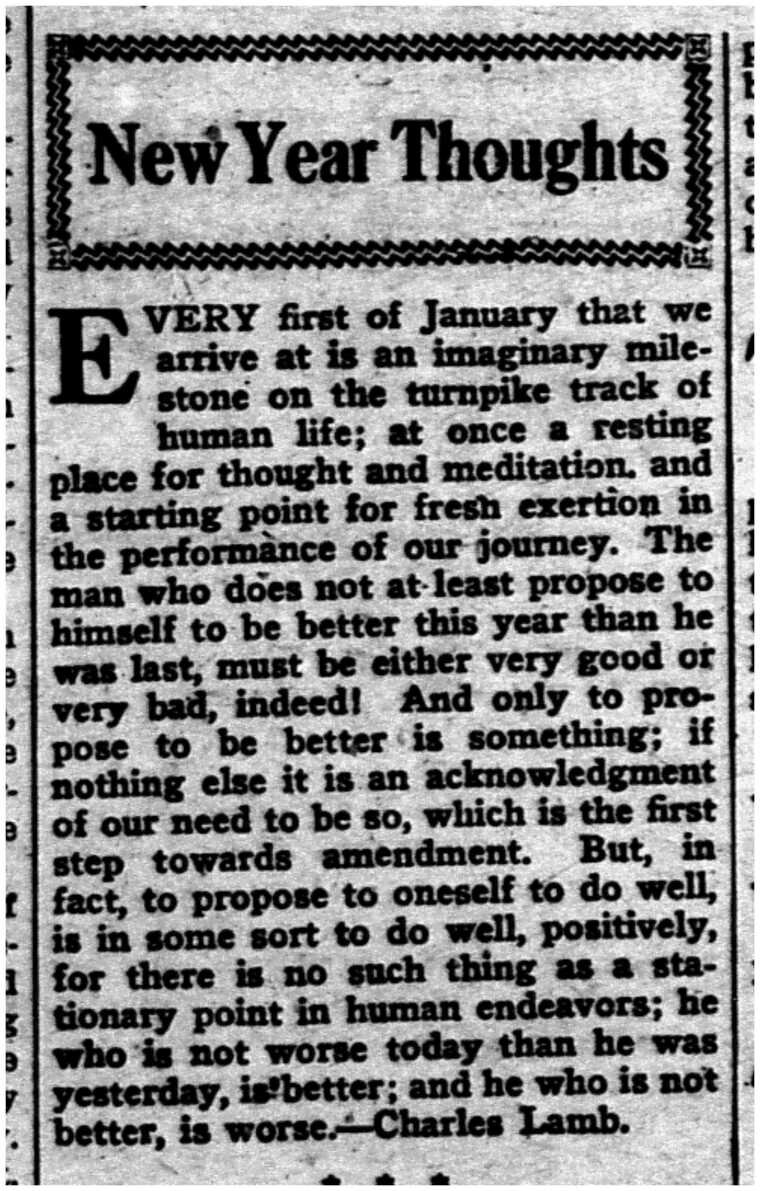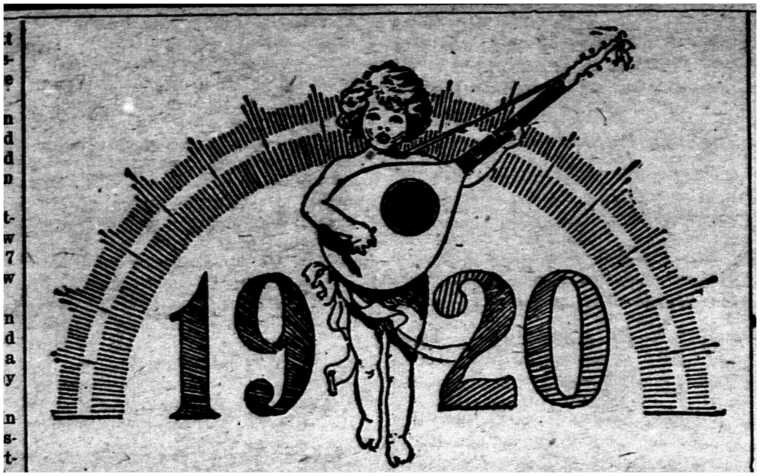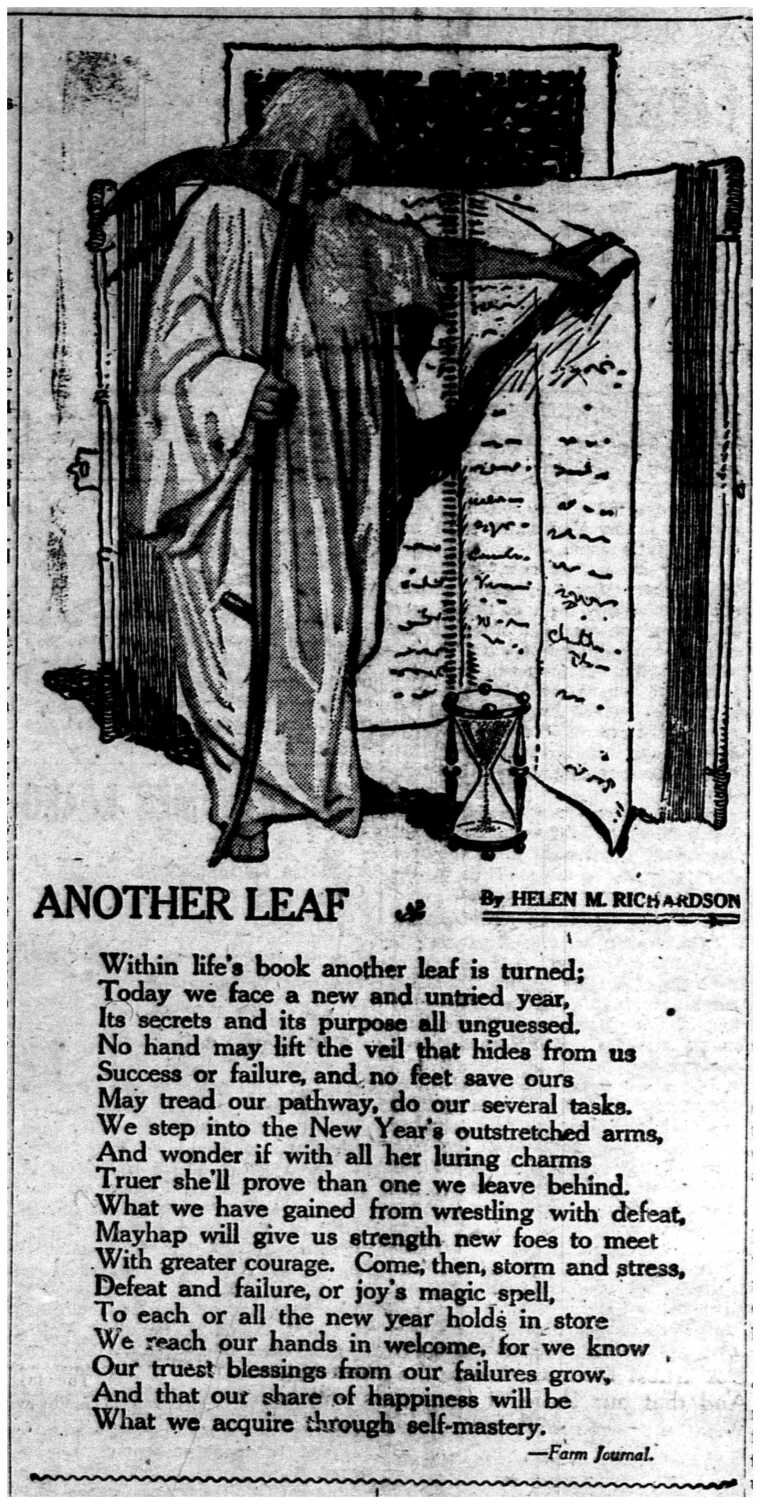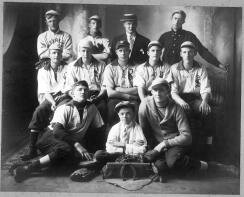Prohibition was no a surprise to those who owned breweries. The tide of “Drys” were growing for years before 1920. In Scott County, most towns had a brewery that had to decide how to handle this transition. That is what this post is about, the Shakopee Brewery, Jordan Brewery, and New Prague Bottling Works.
Shakopee Brewery, 1907
Firstly, the Shakopee Brewery was a long established business in Scott County. At the time the brewery was owned by M. J. Doherty. While most breweries began the process of switching to a different industry, the Shakopee Brewery instead closed its doors for 16 years. It wasn’t until repeal in 1933 that the brewery was bought and rebranded as Northwestern Distilleries, opening in 1936 but only last for about 4-5 years before closing for good.
The Jordan Brewery, 1940
The Jordan Brewery during Prohibition was called Schultz and Hilger’s Brewery, and like the Shakopee Brewery, it was closed during Prohibition. However, the building of Jordan Brewery was used as a chicken hatchery. The space was rented from the owners, and after repeal the business reopened and began producing Jordan Beer.
New Prague Bottling Works had its own brewery that it maintained, and by the late 1910s was a thriving business. When Prohibition came about, the business transitioned to soda production and closed down its brewery building. When repeal came about the company never reopened its brewing business, instead it became a distributor for Scheel’s Beer.
Prohibition had impacts that are still being felt today. If you found this little piece of history interesting, come visit our Prohibition exhibit opening in April to learn more about Scott County in Prohibition.
Written by Dave Nichols, Curator




